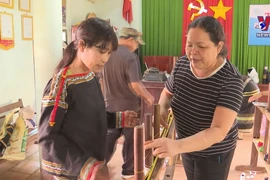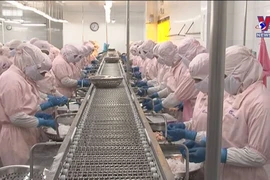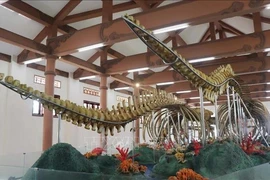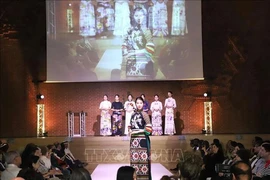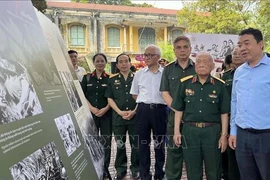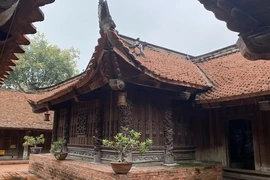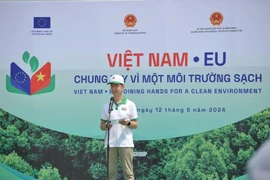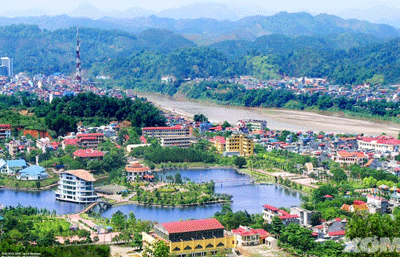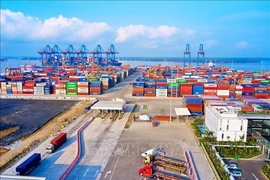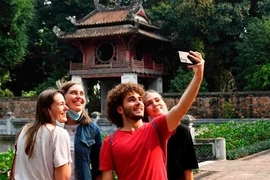15 years ago, when Yen Trung commune was still part of Hoa Binh province, Le Thi Nu and her family were counted among the local poor. However, in 2013, 5 years after the commune merged with Hanoi under the expansion plan, her family had escaped from poverty.
Trung Yen commune’s rate of poor households declined from over 5% in 2008 to less than 1% last year and it is striving to have no poor households by the end of this year.
Once blighted by poor transport networks, power shortages, and outdated medical stations, all of the mountainous communes in Hanoi now meet new style rural area criteria. Many inter-village and inter-commune roads have been built or upgraded.
The positive results can be attributed to joint efforts from local governments and the people and especially the Fatherland Front at all levels.
Special attention has also been paid to the development of cultural lives, contributing to preserving and promoting the traditional cultural values of ethnic minorities.
15 years after its administrative boundaries were expanded, all communes in Hanoi now meet new-style rural standards, with 111 communes meeting standards for advanced rural areas and 20 meeting standards for role-model rural areas.
In addition to its achievements, however, Hanoi is still grappling with a range of difficulties and challenges in planning, environmental protection, and the pace of urbanization.
The capital will put priority on building schools and developing clean water supply and healthcare networks in order to meet standards for advanced rural areas./.
